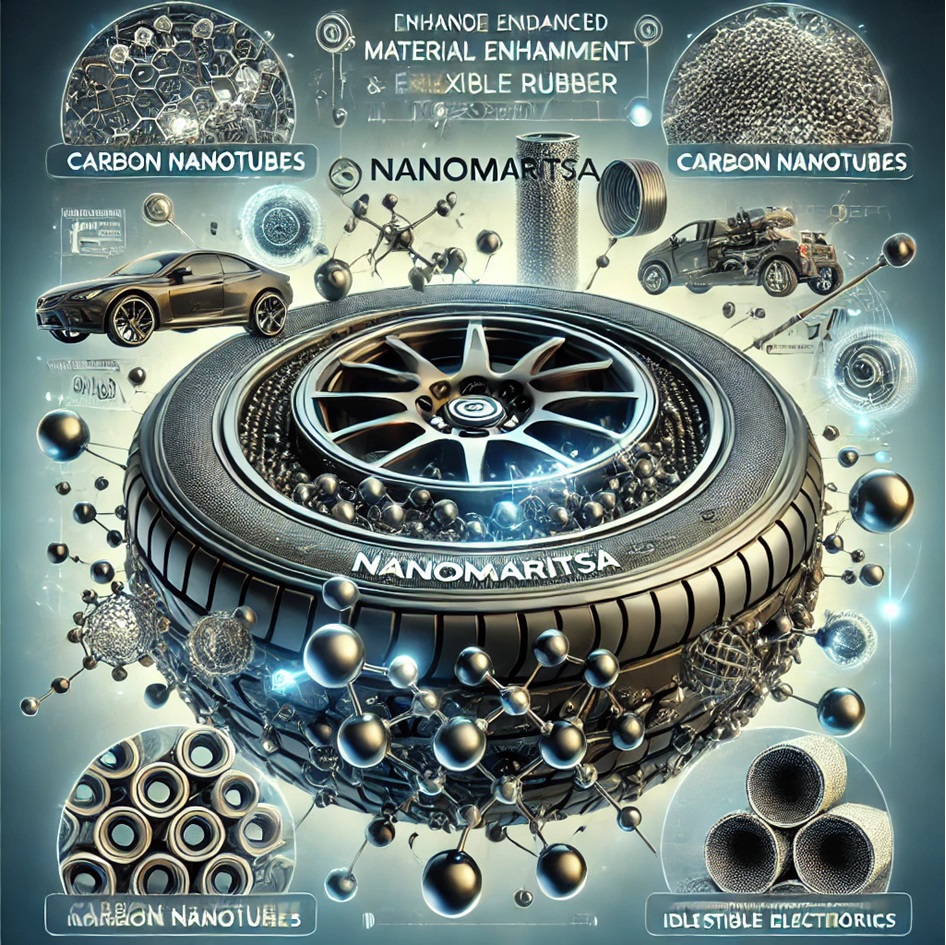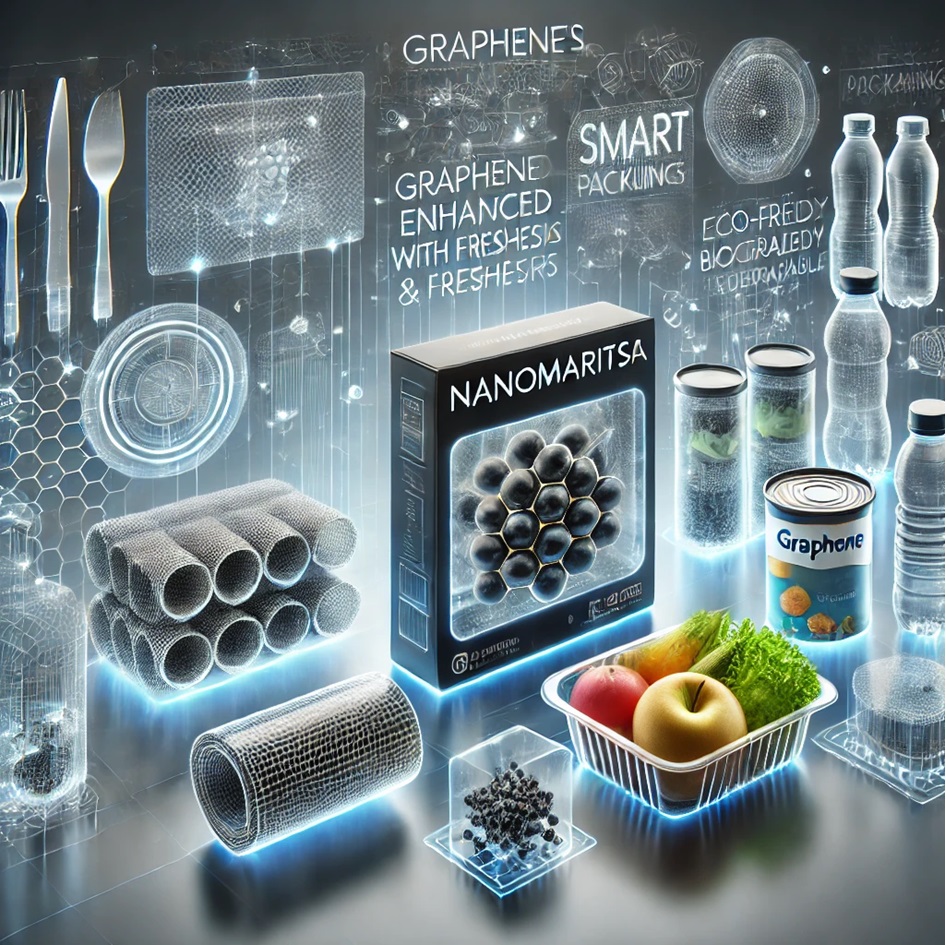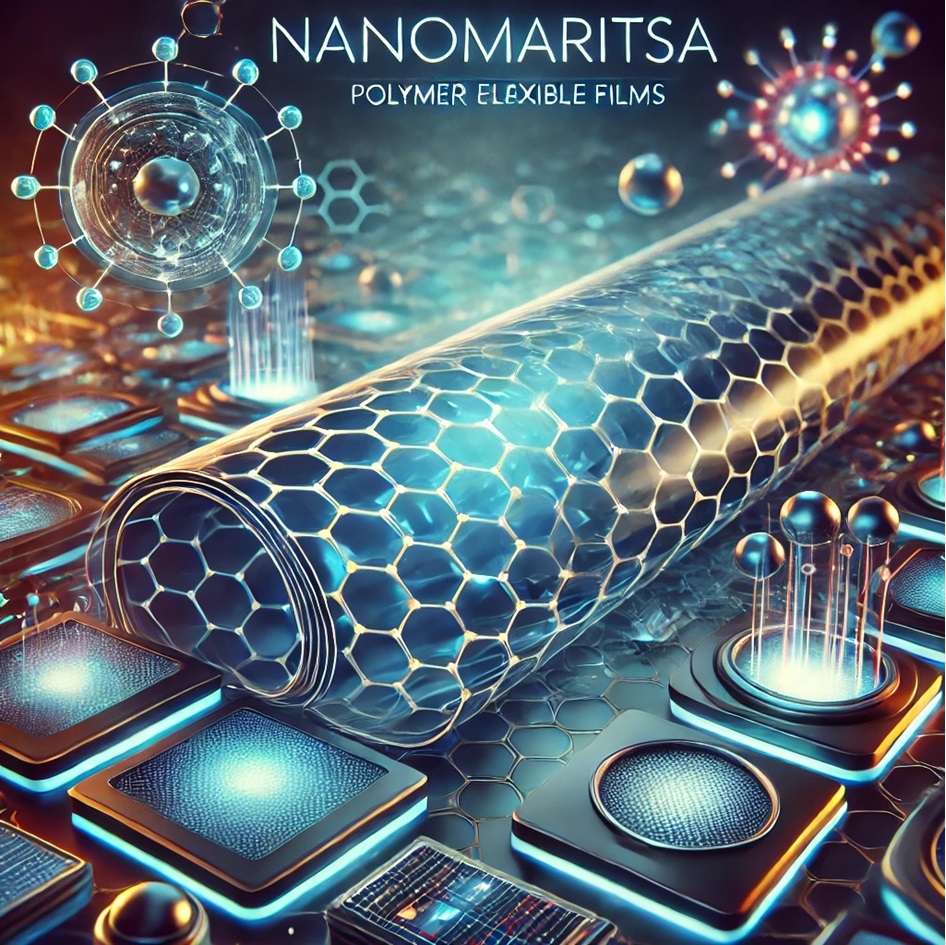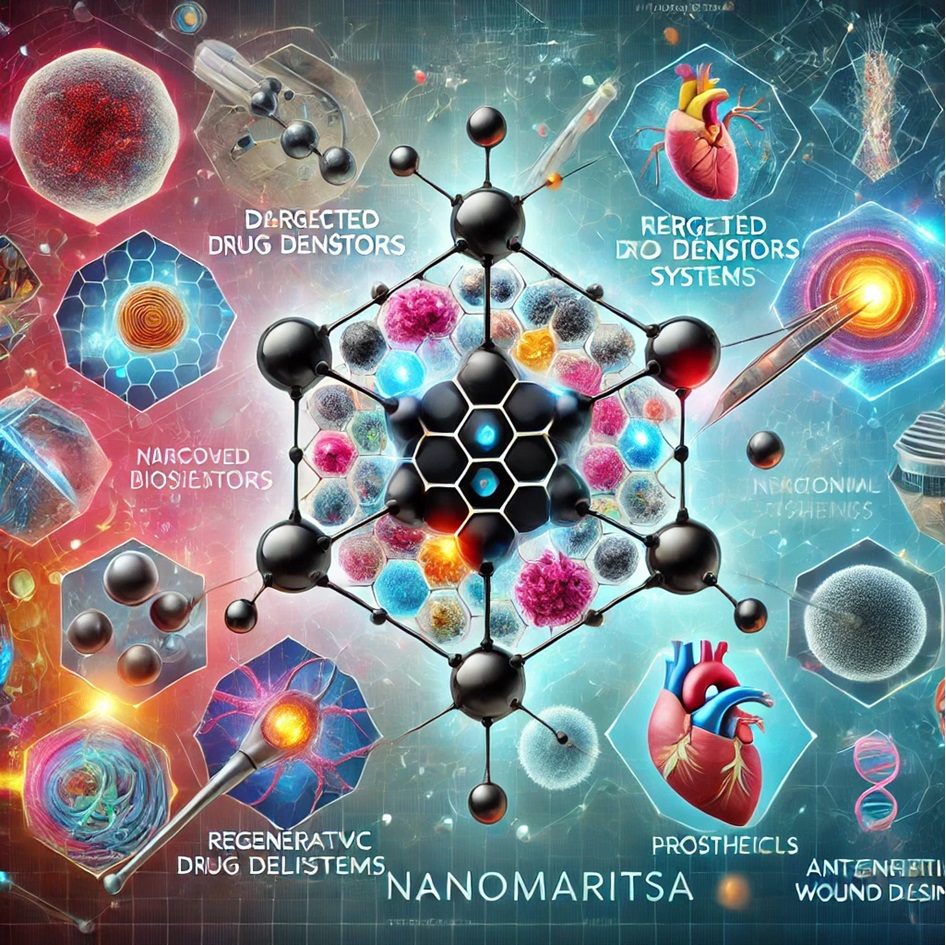Revolutionizing Tires The Promise of Graphene-Rubber Nanocomposites
Graphene-rubber nanocomposites are transforming tire technology by combining graphene’s extraordinary properties with rubber to enhance durability, fuel efficiency, and performance. These materials provide significant improvements in mechanical strength, elasticity, thermal conductivity, and chemical resistance. Common production methods include solution mixing, melt mixing, in situ polymerization, and layer-by-layer assembly. The key advantages of graphene-rubber tires include increased durability, reduced rolling resistance for better fuel efficiency, superior traction for safety, and enhanced heat resistance. Applications span from passenger cars to electric vehicles (EVs), with recent innovations like hybrid nanocomposites, 3D printing, and self-healing materials further advancing tire performance. Despite challenges like production costs and scalability, the future of graphene-enhanced tires looks promising, with mass production, smart tire technology, and sustainability being key focus areas. Graphene is set to revolutionize the automotive industry, offering a future of safer, more efficient, and eco-friendly tires.











